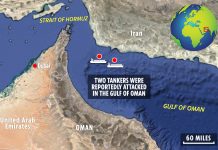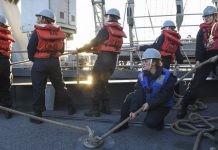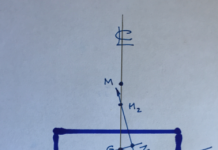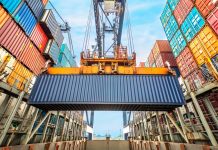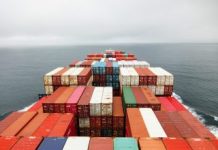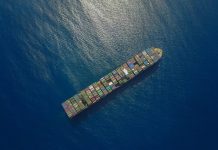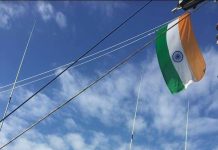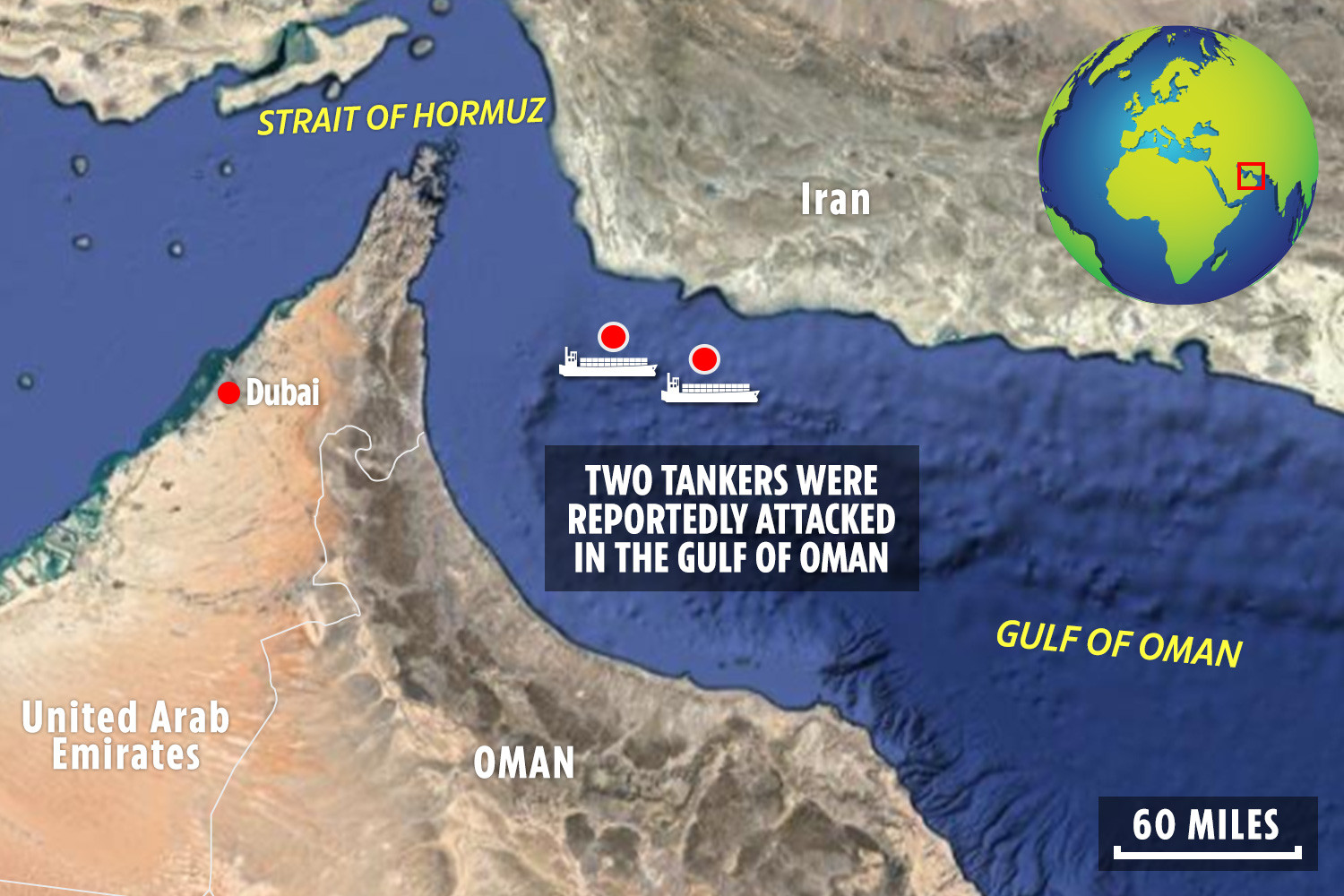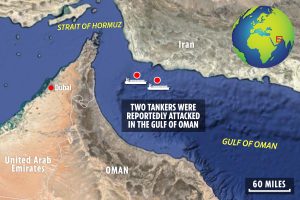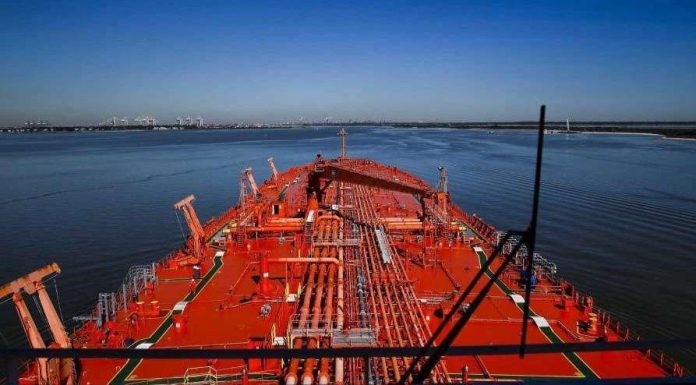With the attacks on six ships during May and June in the Gulf of Oman the industry is witnessing unpredictable and uncertain circumstances.
It remains like a mystery as who has who was behind each incident and BIMCO’s Head of Maritime Security, Jakob P. Larsen, believes the shipping must now get used to the idea that being attacked in the area is the new normal and the dismay in the Gulf of Oman.
The most recent attacks were on 13 June, when two oil tankers- the Panama-flagged, Japanese-owned Kokuka Courageous and the Marshall Islands-flagged, Norwegian- owned front Altair- were attacked in the Strait of Hormuz as they crossed the Gulf of Oman. Not only this, the ships have been detained by the Iranian government.
They followed attacks on 12 may which four commercial ships with damaged off Fujairah’s coast in the Gulf of Oman. According to Larsen, the most likely scenario is that Iran was behind all six events. And, he believes, more are to come. Adding to the tension, Iran is thought to have shut down a US drone in the days that followed the June attacks.
These were not one-off attacks, and we cannot rule out that the situation could get worse, he says. The problem with this situation is that it is difficult to predict what the parties will do next.
On the one hand, the Trump administration has repeatedly demonstrated a preference for an element of disruption in its strategies and the ways in which decisions are made, which makes it difficult to predict what will happen. On the other hand a key component of Iran’s military doctrine is asymmetric warfare, which means that it will try to influence its opponent by indirect and sometimes surprising means. The more Iran comes under pressure the more desperate and potentially unpredictable it will become, he says.
ATTACKS NOW AND THEN IS THE MOST LIKELY SCENARIO
The situation and the frequency of incidence in the area could get worse. At the same time too many attacks, too often, will result in a sharp rise in protection measures, which will make it much more difficult for Iran to keep attacks and attributable. Therefore, it will likely prefer to keep the pressure and frequency of attacks at a certain level, hoping that not too many military assets are deployed to the area and therefore we are likely to see attacks going forward, but most likely by means that will give the Iranian plausible deniability, he says.
A number of countries, including the UK have already sent vessels to the area to protect shipping and more are considering sending support. The ship-owners can follow the security guidelines issued by BIMCO in cooperation with other associations. While these guidelines cannot guarantee protection, they will help mitigate the risks. The fundamental decision of whether you want to sail in there or not rests on the specific risk assessment and depends on the profile and risk appetite of the individual ship owner.
US and Iran – History
When talking of the history of the US and Iran, it does not sound to have a peace believing. It seems that the past is the future too, or not even different from the history.
- Prior to the year 1979 Iranian revolution, Iran was one of America’s biggest allies in the Middle East and was led by the US-backed Mohammad Reza Shah Pahlavi.
- Due to the seismic revolt, Iran has been led by murderous Islamic fundamentalists and tensions with Washington have stayed ever since.
- On November 4, 1979, the Iranian regime took 52 US diplomats hostage in response to President Carter’s administration allowing Iran’s deposed former leader into America.
- The hostage crisis lingered for 444 days and also constituted a failed rescue mission which charged the lives of 8 US soldiers.
- In April 1980, the US finished diplomatic connections with Iran – a break which kept for more than 30 years.
- In April 1983, Washington damned the Iranian-funded terror group Hezbollah for doing a bombing attack on the American embassy in Beirut, Lebanon.
- This assault, was taken out in middle of a brutal civil war in Lebanon, killed 17 Americans.
- In the same year, two truck bombs in Beruit killed 241 US peace keepers. The US accused Hezbollah for the attack.
- The Clinton White House, in 1995, placed an absolute embargo on Iran meaning US companies to ban trade.
- And in 2002, George W Bush constituted the Islamic Republic in his famous “Axis of evil” speech along with North Korea and Iraq.
Economic effects
After these occurrences, the cost of oil was hiked more than $1 per barrel. Saudi Energy Minister Khalid al-Falih said one Saudi oil tanker was on its way to Aramco’s customers in the United States, and that the explosions did serious damage to the vessels’ structures. Also, Dubai and Abu Dhabi stock markets saw their biggest drops in 2019, with Dubai falling 4% and the Saudi markets falling 3.6%.
As an outcome of the incident the United States Maritime Administration (MARAD) circulated an alert to all vessels off the coast of the United Arab Emirate due to “acts of sabotage” and advised caution be taken for “at least the next week”.
On 15 May 2019, the US Department of State ordered all non-emergency, non-essential government employees at the U.S. Embassy in Baghdad and the Erbil consulate offices to leave Iraq amid intense tensions in the Persian Gulf over the United States and Iran. Germany and the Netherlands pensile military training missions in Iraq, also citing escalating tensions in the region with Iran.
POTENTIAL FOR SERIOUS DISRUPTION TO SHIPPING TRAFFIC 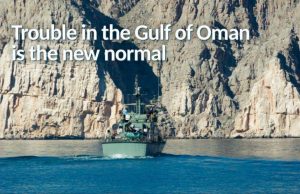
While an escalation to war between the United States and Iran seems unlikely but Iran has the potential to cause serious disruption to shipping in the Strait of Hormuz, if it’s so wishes. The US is very aware of this and initiating a wall with Iran is just not very desirable Larson says. The US has not retaliated in military way, despite the fact that it has had one of its drones shot down. This could signal that the US is not interested in an escalation to armed hostilities.
It would be difficult to control and armed conflict with Iran has numerous birds that can attack ships in the strait of hormones and le mines the US has little chance of controlling the threat from Iran if this scenario up folds. The US is unlikely to put boots on the ground in Iran and it will be close to impossible to control the Iranian coastline. The difficulty of Iran now, is to continue to carry out the right frequency of unattributable attacks, and to find supplementary ways of inflicting the dose of discomfort to the US to make them rethink their current maximum pressure strategy.
The likely scenario is therefore that will see Iran attempt to carry out unattributable attacks in the area, even against US interests elsewhere, and that the shipping industry- for now- will have to get used to being the new normal.





